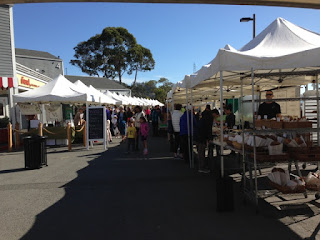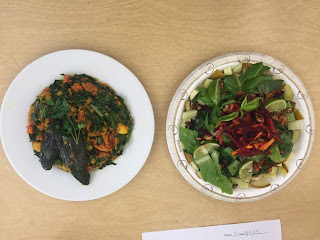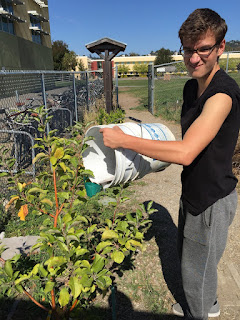In recent weeks on the farm, we have began noticing the temperature starting to decrease as well as the bed activity. We have been preparing our beds to survive the cold nights and to stay protected. A change in season like this has presented the opportunity to harvest and get different vegetables into the ground. I have also recently checked to harvest data sheet and all groups have harvested a large amount of items that we grew on our own!
The December month is also filled with finals, so we have been studying hard for the end of the semester. In my opinion, the Redwood farm has never looked so good. The plants are thriving in a sustainable manner, and new plants are being introduced to students beds. In the class, we have been calculating how sustainable our beds have been over this semester span. In addition, we must plan the winter calculations and select which crops will be used for the winter cycle. The semester is coming to an end, but the farm is in full swing.
The December month is also filled with finals, so we have been studying hard for the end of the semester. In my opinion, the Redwood farm has never looked so good. The plants are thriving in a sustainable manner, and new plants are being introduced to students beds. In the class, we have been calculating how sustainable our beds have been over this semester span. In addition, we must plan the winter calculations and select which crops will be used for the winter cycle. The semester is coming to an end, but the farm is in full swing.


































